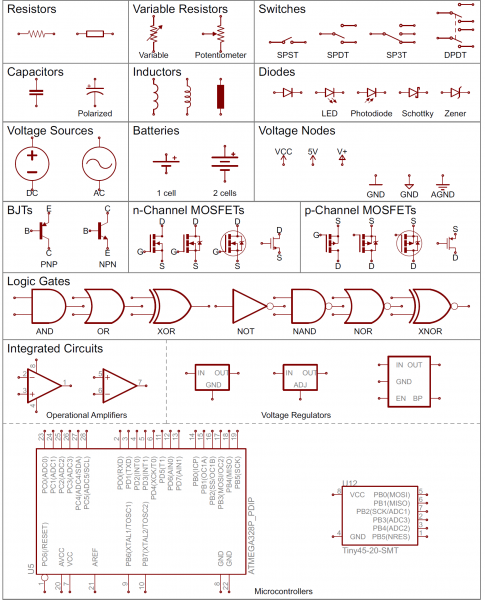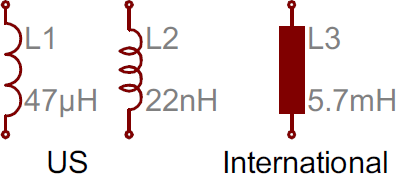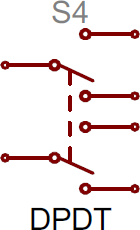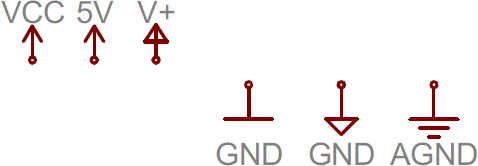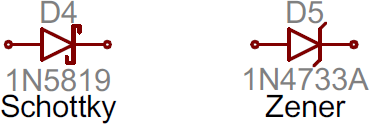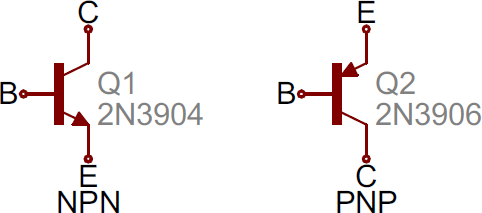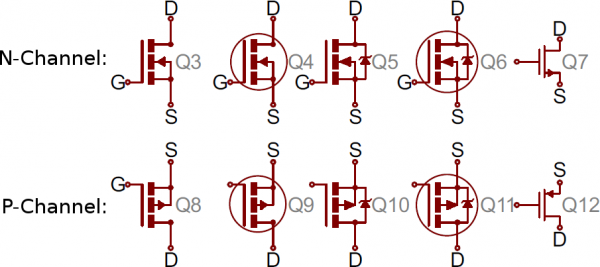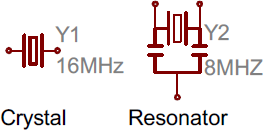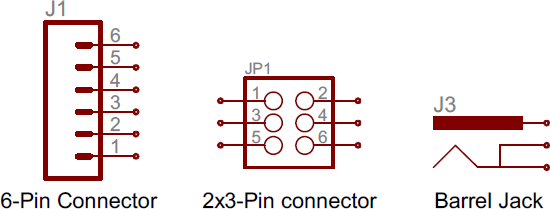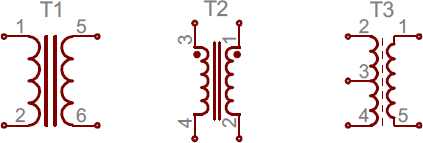Fly Back EHT Common Winding Data For Crt TV .
BSC 25 -T 1010A
BSC 25 - N 0816
BSC 25 - N 4014 K
BSC 24- 01N4014 K = 1 2 3 4 5 6 10 / 7 8
~~~~~~~~~~~~~~~~~~~~~~~~~~~~~~~~~~
BSC 24 -01N 4013 K = 1 2 8 / 3 4 5 6
~~~~~~~~~~~~~~~~~~~~~~~~~~~~~~~~~~
BSC 25 -N 4010M
BSC 25 - N 06
BSC 24 -01 N 4010 M = 1 2 7 9 10 / 3 4 5 6
~~~~~~~~~~~~~~~~~~~~~~~~~~~~~~~~~~
AA 26 -00317A
BSC 25 - 00218N = 1 2 / 4 5 6 7 8
~~~~~~~~~~~~~~~~~~~~~~~~~~~~~~~~~~
AA26-00201A ( SAMSUNG TV )
FSV 14A004F
BSC 25 -33662 = 1 3 4 5 6 / 9 10
~~~~~~~~~~~~~~~~~~~~~~~~~~~~~~~~~~
BSC 25 N60
BSC 25 N -N 3260 W
BSC 24 -01N 4006 EV = 2 4 10 / 7 8
~~~~~~~~~~~~~~~~~~~~~~~~~~~~~~~~~~
TS6110126
J0501 - 19949 = 1 2 3 / 4 5 6
~~~~~~~~~~~~~~~~~~~~~~~~~~~~~~~~~~
BSC 23 N 0140 = 1 2 3 /4 5 6 7 9 10
~~~~~~~~~~~~~~~~~~~~~~~~~~~~~~~~~~
BSC 24 - 01N4095M = 1 2 / 3 4 5 6 7 10
~~~~~~~~~~~~~~~~~~~~~~~~~~~~~~~~~~
BSC 24 -01N 4028W
BSC 24 -01N 4095 A = 1 2 3 6 / 5 9 10
~~~~~~~~~~~~~~~~~~~~~~~~~~~~~~~~~~
BSC 24- 01N 4013 E = 1 2 8 / 3 4 5 6
~~~~~~~~~~~~~~~~~~~~~~~~~~~~~~~~~~
BSC 25 -N 1649
6174V - 6006N = 1 2, 3 4 5 6 8 10
~~~~~~~~~~~~~~~~~~~~~~~~~~~~~~~~~~
EF 22510- 28M15
JF 0501-19526 = 1 2 9 , 3 4 6 7 8
~~~~~~~~~~~~~~~~~~~~~~~~~~~~~~~~~~
BSC 25 -0217G
AA26 - 00305A = 1 2 , 4 5 6 7 8
~~~~~~~~~~~~~~~~~~~~~~~~~~~~~~~~~~
BSC 25 - N 41
BSC25 - N3141W = 1 2 4 , 3 5 6 8 10
~~~~~~~~~~~~~~~~~~~~~~~~~~~~~~~~~~
BSC 25 - 01N 4095K = 1 2 10, 3 4 5 6 7
1. COL 2. +B 3.VERTICAL 4- VERTICAL 5- GND 6- HEATER 7- ABL 8- 9- 10 - 180V
~~~~~~~~~~~~~~~~~~~~~~~~~~~~~~~~~~
BSC 25- N0304 = 1 2, 3 4 5 6 7 8 10
1- COL 2- +B 3- -14V 4- +14V 5-200V 6-GND 7- 8- 28V 9- ABL 10- HEATER
~~~~~~~~~~~~~~~~~~~~~~
For more details please contact us
